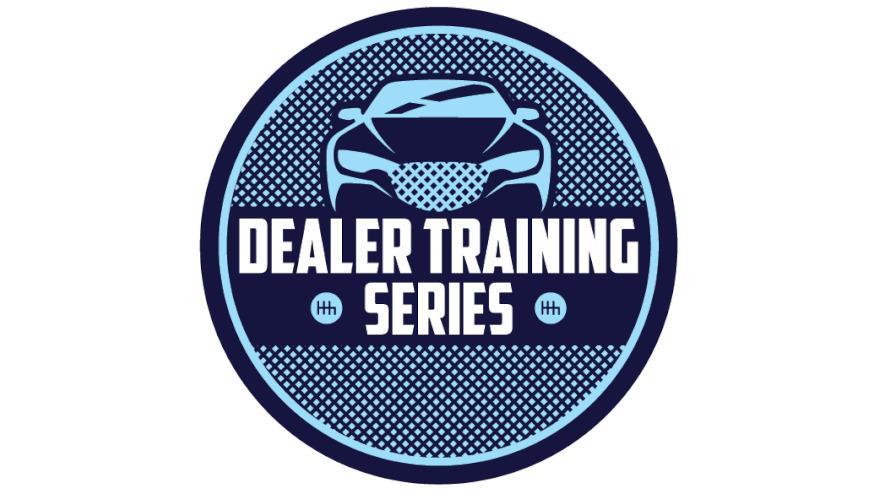COMMENTARY: Optimizing Google My Business for pre-owned vehicles

Most automotive retailers already understand the power of a fully-optimized Google My Business (GMB) listing, but how many dealers have optimized their GMB listings for marketing used vehicles specifically?
As a reminder, a dealer’s GMB listing (or Google Maps listing) is their online yellow page ad, and appears 100% of the time someone does a Google search for the dealership name. Today, local search engine optimization (SEO) is all about fully-optimizing one or more GMB listings for each dealership.
However, winning on GMB is not about winning on dealer-branded searches, since Google makes this happen automatically for every dealership. To truly win with GMB listings is to appear in the “local map pack” listing of three Google map results, for non-branded category searches. Examples of non-branded search might be “used cars near me”, or “best used trucks in Chattanooga”. One can imagine how competitive these searches would be, so winning requires careful tuning and content-feeding for the dealership GMB page(s).
So, if a dealer wants to place in the top three results for used-vehicle, or used-dealership searches, they must first convince Google’s search algorithm that they are worthy. Google’s search algorithm focuses on three elements: proximity, relevance and prominence. Since we cannot change our dealer location, we don’t concern ourselves with proximity.
There is no way to effectively game the system and convince Google a business is in a different location. Therefore, we must instead focus on maximizing our opportunities around the other two elements: relevance and prominence.
We can improve our relevance for various searches in GMB in a number of ways. First, we need to make sure we’ve chosen the right categories in GMB. There are thousands of GMB categories to choose from, and each GMB listing can have up to ten of them. Setting the proper categories in GMB is the first step in helping Google understand what the dealership should be relevant for.
For a used-only store, the categories should be “Used dealer” as the primary category, followed by “Car dealer” as the first secondary category. If the store also sells new cars, the primary categories should be the OEM categories such as “Ford dealer” or “Chevrolet dealer,” and the secondary categories should be “Used car dealer”and “Car dealer”.
Another way a dealership can improve their GMB relevance for various search terms is having consumer reviews that mention specific keywords. Google indexes these online reviews, looking for relevant keywords for each business. That means Google reviews that mention, “Motor City Used Cars is the best. That is where we bought our used Silverado, we highly recommend them” can have a powerful relevance impact for the GMB location. I understand that dealers cannot write reviews for consumers, but they should encourage customers to not only leave a review, but also mention the product or service they received.
Finally, that leaves us with prominence, which translates to the dealership’s Google star-rating, and how many reviews exist. For a used-only store, that would point to systems and processes for driving high quantities of five-star reviews to a single GMB listing. For a franchise new-car store, that could also include building a second GMB for optimizing around used-vehicle sales.
What is the best way to drive a high volume of five-star reviews? First, the store needs to earn the five stars through their incredible service and quality. Next, the store needs to build a review collection process beyond the normal email and text surveys from companies like Podium or Reputation.com. Those solutions are important to have in place, but will rarely drive double-digit monthly review growth.
The most successful dealerships build internal processes for soliciting reviews one-on-one. That means the sales rep, the service writer, and others are texting customers the GMB short name, or handing them a QR code for the GMB short name, while asking for a five-star review. The short name is simply a quick website link to the dealer’s GMB page. As mentioned, best-practice is suggesting the customer also include the products purchased, the services rendered, and hopefully some powerful adjectives like “best,”“great,”“service,” etc.
For car dealers today, Google My Business represents the very lowest-hanging fruit, since the work is easy and the results are powerful. Optimizing a GMB for used-vehicle searches will result in additional shoppers and conversion for non-branded search, driving additional sales for these dealers. Please reach out if I can answer any specific Google My Business questions, or reference my book on Amazon, “A Car Dealer’s Guide to Google My Business.”
George Nenni is the founder of Generations Digital, a technology marketing training and consulting firm that empowers car dealers to eliminate advertising waste and maximize their marketing dollars.
Editor's Note: Following the success of “Dealer Training Day” at our Used Car Week and Auto Remarketing Canada conferences, Cherokee Media Group is launching an online “Dealer Training Series” beginning in May. The once-a-month series will kick off with a training session from Alan Dickie on May 11. Foster will host a session on July 13.
For more information, visit dealertraining.autoremarketing.com.


